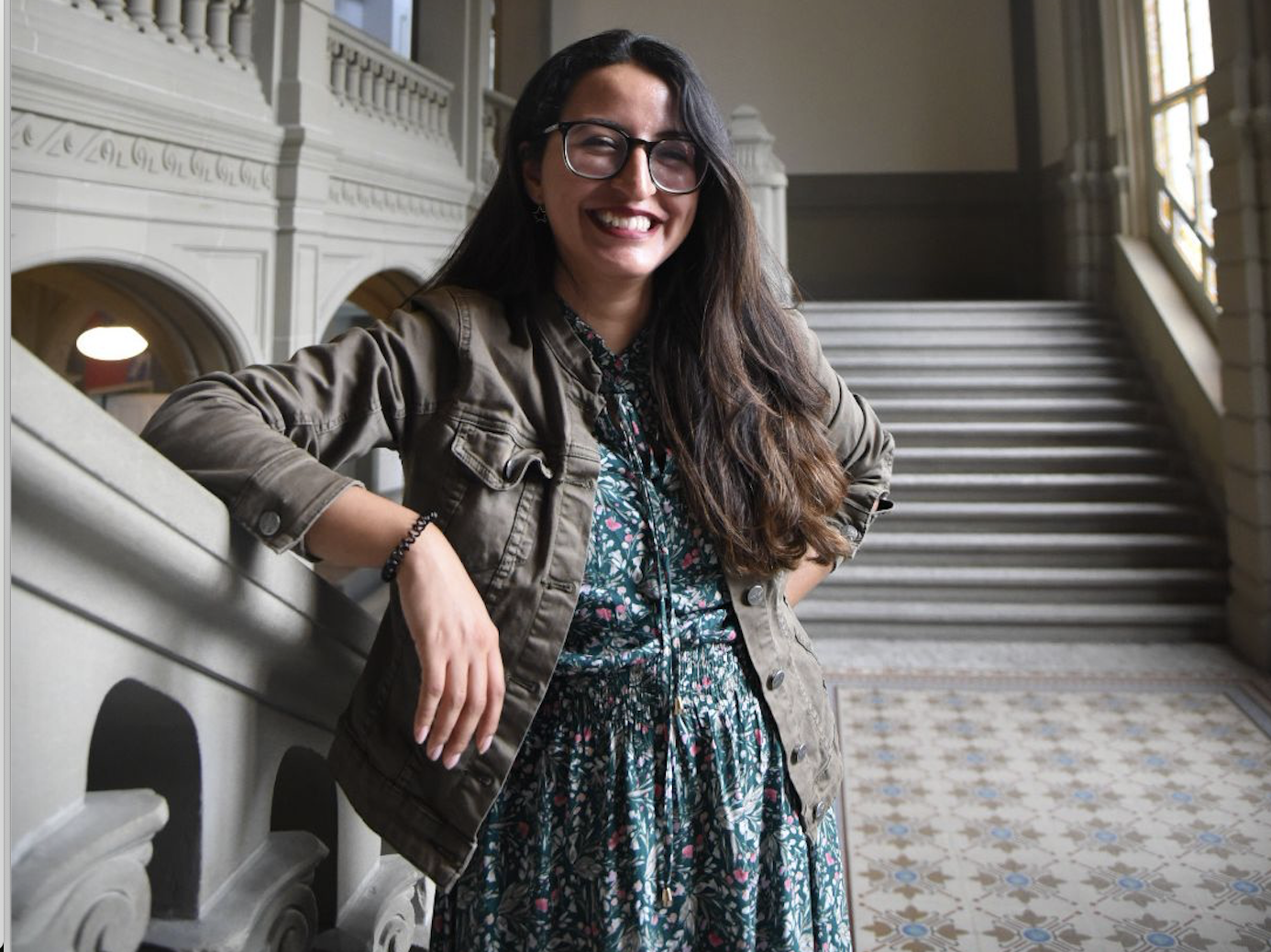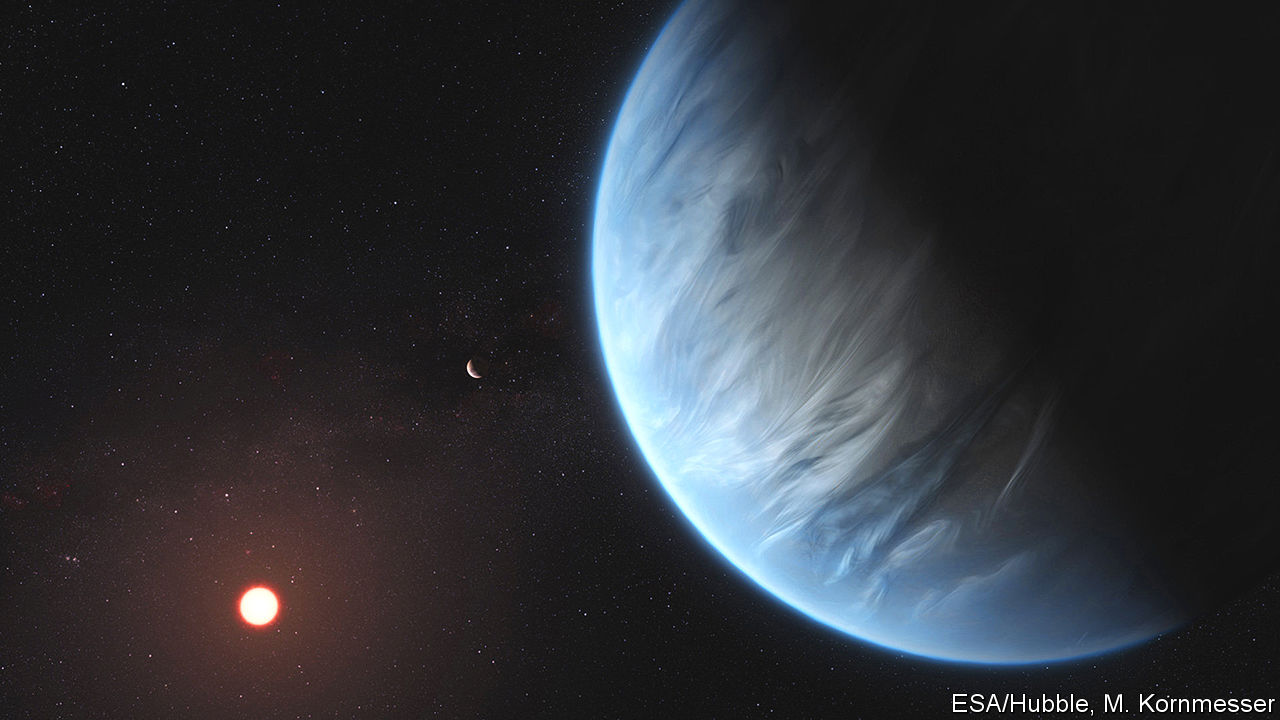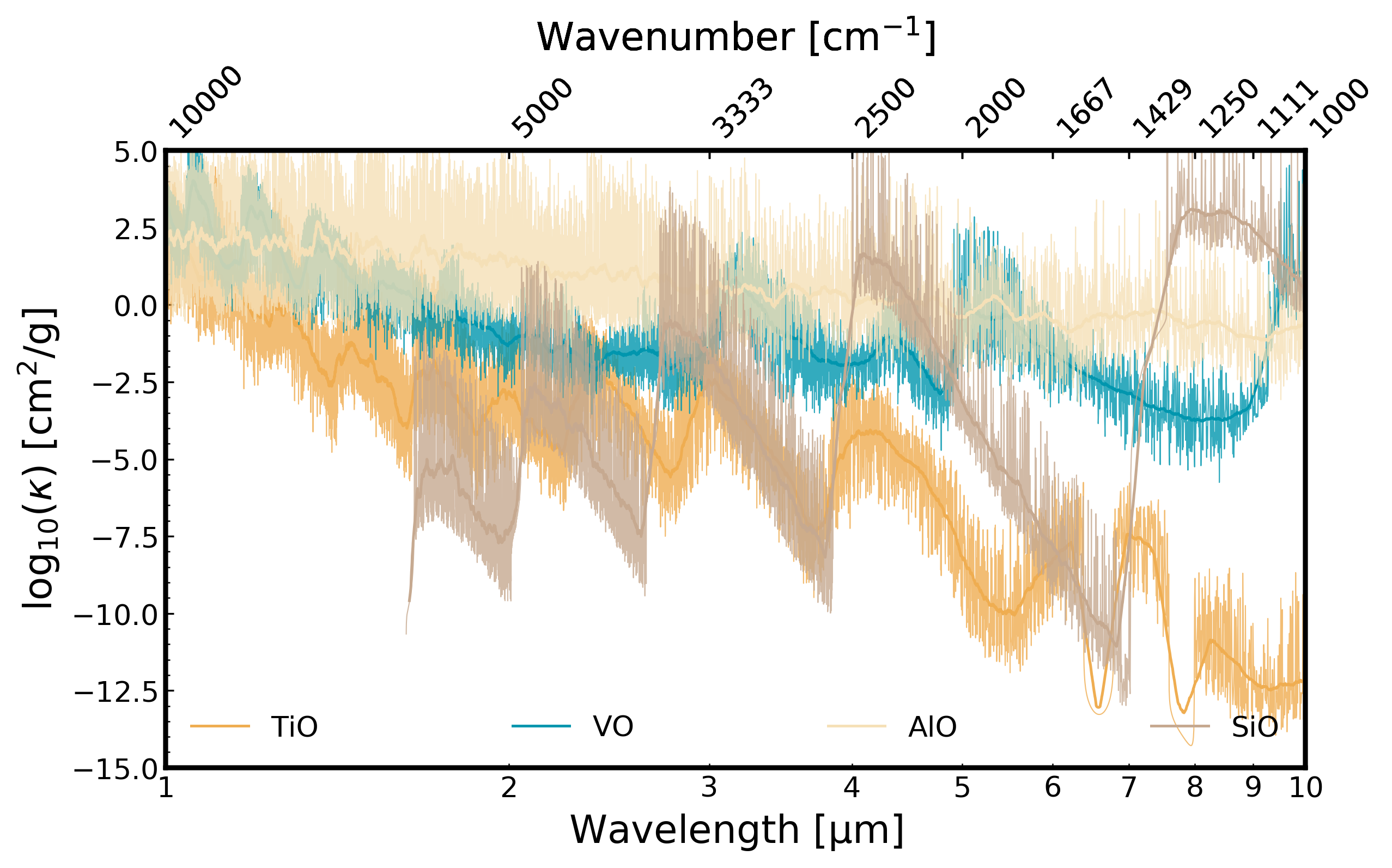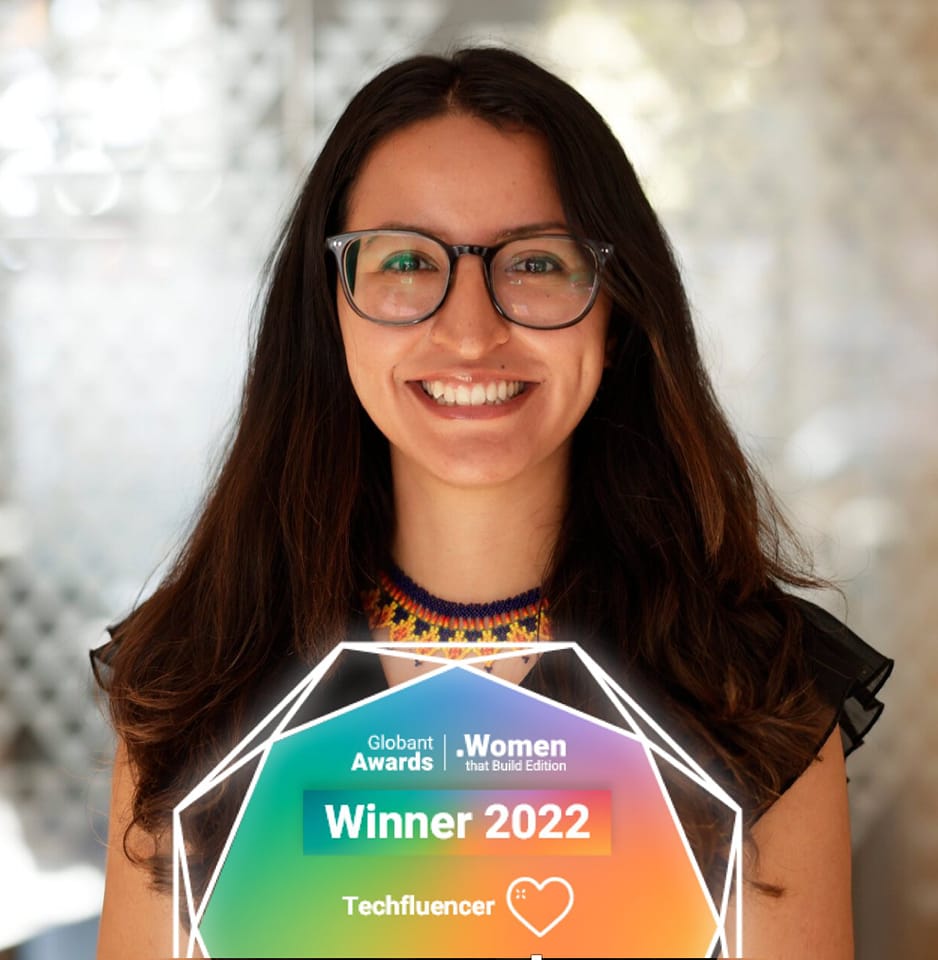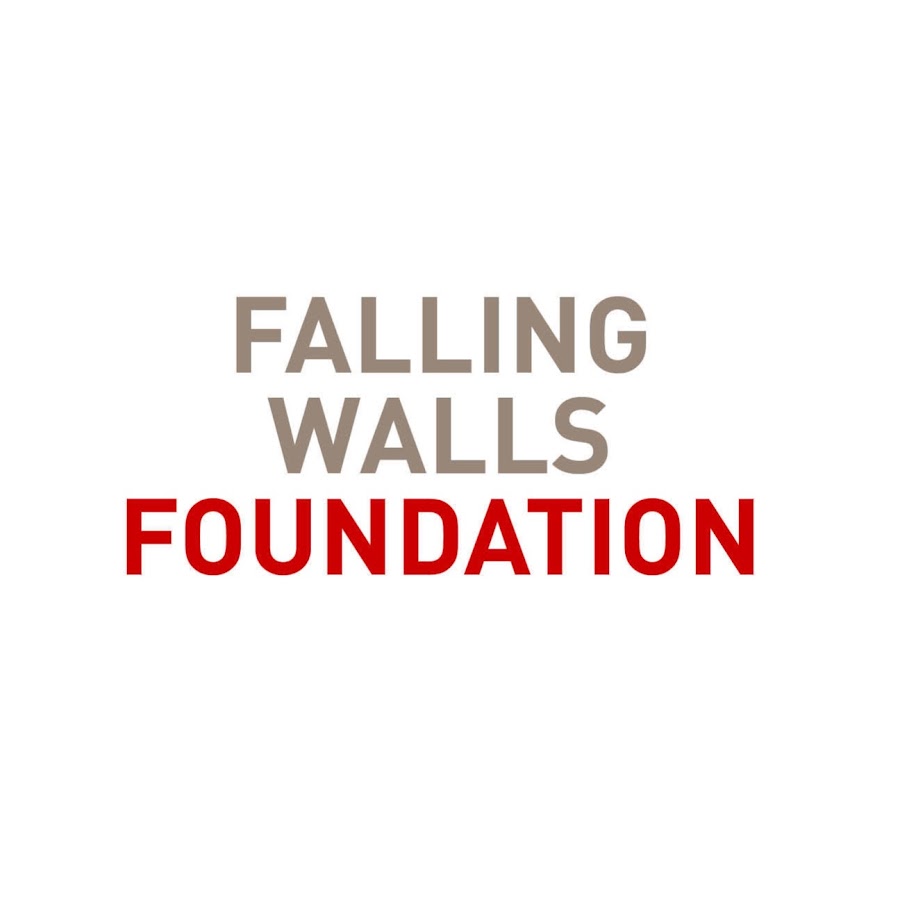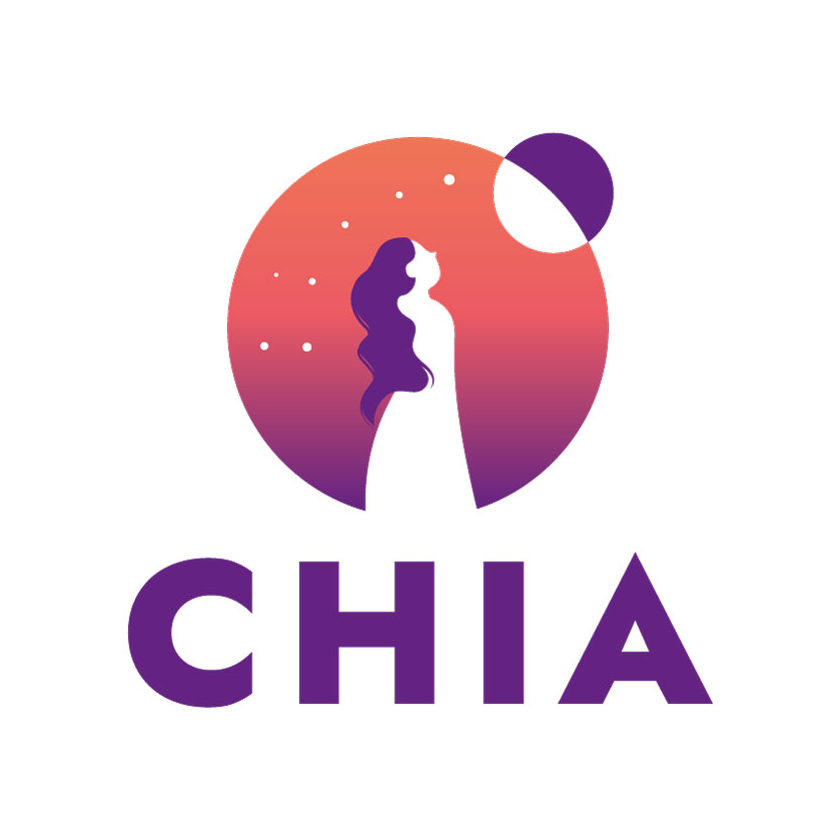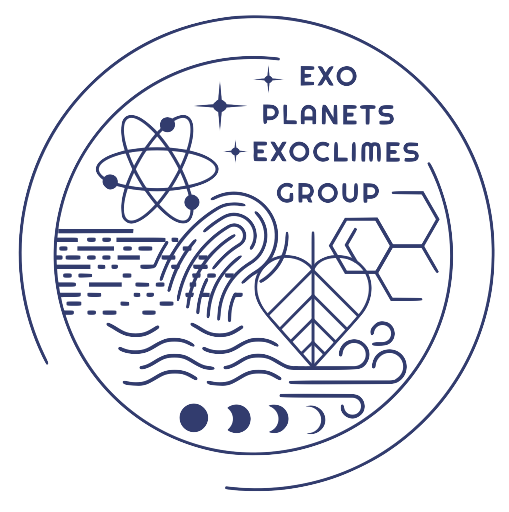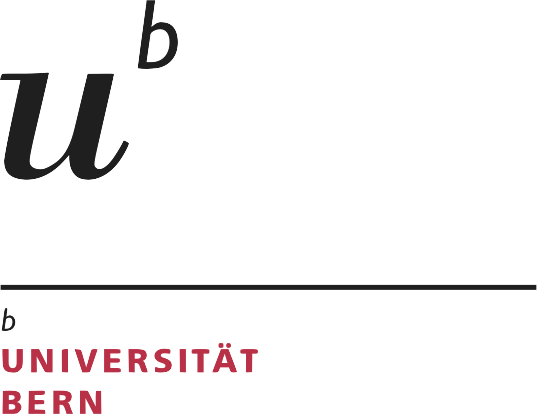I finished my PhD in January 2023 with a thesis entitled "The Diversity of sub-Neptune Planets" under the supervision of Prof. Dr. Christoph Mordasini. Since I joined the Center for Space and Habitability (CSH) of the University of Bern in 2018, my research has tried to explore the link between the atmosphere and interiors of sub-Neptune planets and how to best observe them. I decided to leave Academia and I work now as the Swiss National Conctact Point for European Partnerships at Euresearch.
Originally a mathematician, I received a full scholarship from the European Union for a two-year Astrophysics joint master’s programme under the Erasmus Mundus network called Astromundus.
I graduated in September of 2018 with a joint MSc degree from each university I attended: Universität Innsbruck in Austria, University of Rome Tor Vergata in Italy and Universität Göttingen in Germany.
I wrote my master's thesis at Universität Göttingen under the supervision of Prof. Dr. Ansgar Reiners and Dr. Mahmoud Oshagh. We analyzed the Chromatic Rossiter
McLaughlin effect as a way to study the atmosphere of the exoplanet HD 189733b using data from the CARMENES and HARPS spectrographs.
I'm interested in Science Diplomacy and Science Policy. I worked as an intern at the Office of the Director General of the European Southern Observarory (ESO) researching how ESO contributes to Science Diplomacy and the UN Sustainable Development Goals. I am also committed to diversity and equity in STEM areas and as such I am the leader and co-founder of different initiatives around these topics in Colombia and Latin America.
I speak Spanish, English, Italian and Portuguese and currently I'm learning French and a German.

